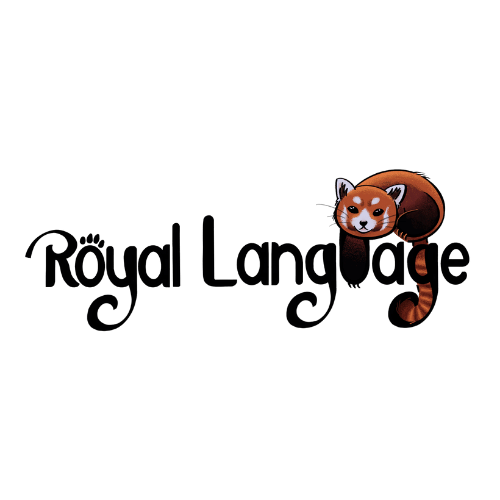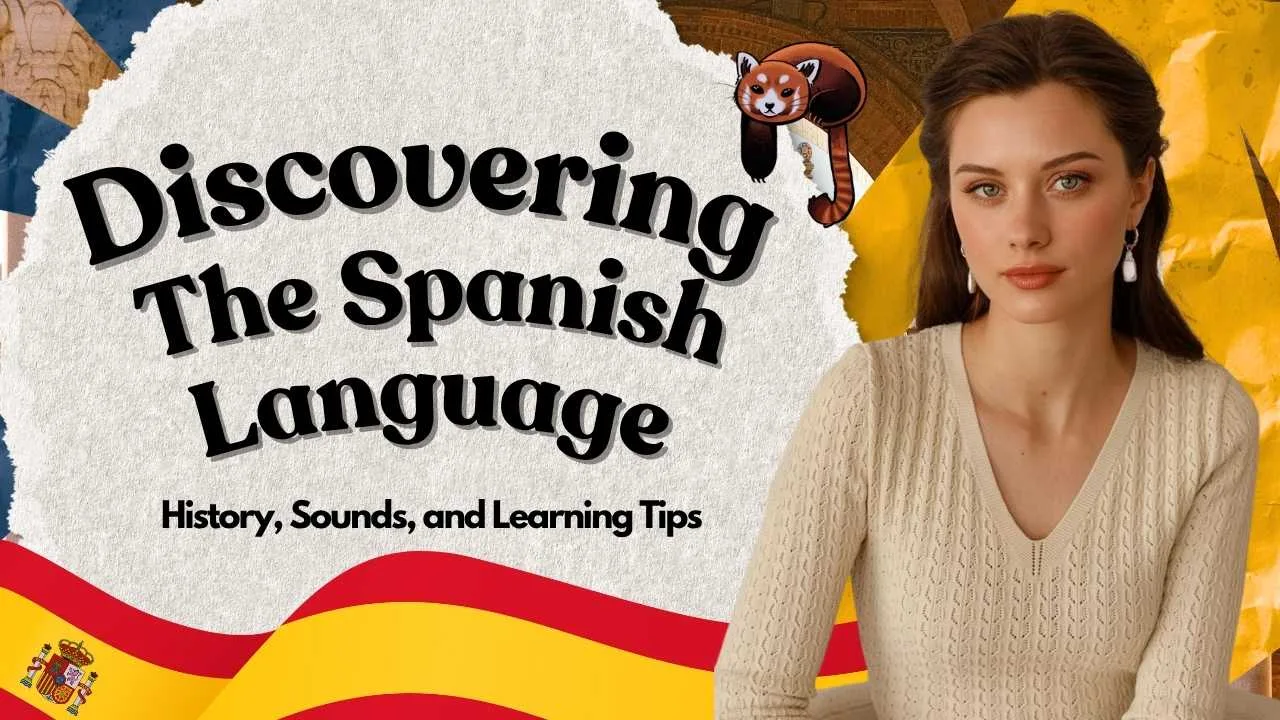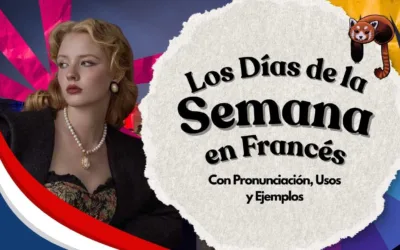🇪🇸 Discovering the Spanish Language: History, Sounds, and Learning Tips
Have you ever wondered about the Spanish language and its rich history? Spanish, also known as Español, is one of the most widely spoken languages in the world. In this article, we’ll explore its origins, where it is spoken, how it sounds, and why it’s such an exciting language for English speakers to learn.
🗺️ Origin and History
Spanish is a Romance language, which means it descends from Vulgar Latin, the language of the Roman Empire. After the fall of the Roman Empire, Spanish evolved mainly on the Iberian Peninsula. Over centuries, it incorporated influences from neighboring languages, including Arabic, due to the Moorish occupation of Spain, as well as local Celtic and Basque elements.
By the 15th century, Spanish had standardized grammar and spelling thanks to scholars and writers, setting the foundation for the language we know today. The colonization of the Americas further spread Spanish, creating regional variations in pronunciation, vocabulary, and even grammar across Latin America.
🌍 Where Spanish is Spoken
-
Spain: official language, spoken nationwide.
-
Latin America: official language in most countries, including Mexico, Colombia, Argentina, Chile, Peru, and many more.
-
United States: second most spoken language; over 40 million native speakers.
-
Minorities and diasporas exist in Europe, Africa, and Asia due to migration.
📊 Number of Speakers
-
Approximately 480 million native speakers worldwide.
-
Millions more speak Spanish as a second language.
📚 Learning Difficulty for English Speakers
For English speakers, Spanish is considered one of the easiest languages to learn due to its clear phonetic spelling and shared Latin vocabulary. There are peculiarities like verb conjugations in multiple tenses and gendered nouns, but the basic vocabulary is highly transparent:
⚠️ Note: The speaker icon 🔊 to listen to the words or phrases works best in Google Chrome, Microsoft Edge, or Safari. In other browsers, the Royal Language audio service may not be available or may sound different.
-
mano 🔊 (hand)
-
familia 🔊 (family)
-
luz 🔊 (light)
-
mar 🔊 (sea)
-
amigo 🔊 (friend)
📝 Spanish Phonetics for English Speakers
-
Vowels: Always pure, never diphthongs.
-
A = “ah”, E = “eh”, I = “ee”, O = “oh”, U = “oo”.
-
-
C: /k/ before a, o, u; /θ/ (Spain) or /s/ (Latin America) before e, i.
-
G: /g/ before a, o, u; /x/ before e, i.
-
H: Always silent.
-
J: /x/, guttural sound like Scottish “loch”.
-
LL/Y: /ʝ/ or /y/ sound, depending on the region.
-
Ñ: /ɲ/, like “ny” in canyon.
-
R/RR: Single R = tap, RR = trill.
-
V: Almost identical to B.
-
Z: /θ/ in Spain, /s/ in Latin America.
-
X: /ks/ or /x/, depending on the word.
Spanish pronunciation is highly regular, which makes it easier for English speakers to read aloud once the rules are learned.
🗣️ Why Spanish is Exciting to Learn
Learning Spanish is not just about grammar and vocabulary — it’s about connecting with a vibrant culture. Here are a few reasons to get excited:
-
Music: From flamenco in Spain to reggaetón and salsa in Latin America, Spanish opens the door to incredible rhythms and lyrics.
-
Travel and Adventure: Spanish is spoken in over 20 countries, giving you access to breathtaking landscapes, historical cities, and diverse traditions.
-
Literature and Cinema: Discover literary giants like Gabriel García Márquez, Pablo Neruda, and contemporary authors, as well as films like Pan’s Labyrinth, Coco, and Roma.
-
Cultural Connections: Spanish allows you to communicate with millions of people worldwide, opening doors in personal, academic, and professional life.
-
Cognitive Benefits: Learning Spanish improves memory, multitasking, and problem-solving skills, plus it makes learning other Romance languages easier.
💡 Motivation Tip: Immerse yourself in Spanish media daily — watch shows, listen to music, or read short stories. Even 15 minutes a day creates progress faster than long, infrequent study sessions.
📝 Vocabulary Examples for Beginners
Transparent and useful words for English speakers:
-
familia 🔊 = family
-
naturaleza 🔊 = nature
-
problema 🔊 = problem
-
importante 🔊 = important
-
amor 🔊 = love
-
gracias 🔊 = thank you
-
buenos días 🔊 = good morning
-
hermoso 🔊 = beautiful
Tags for this blog
spanish language assistant, spanish language, spanish language course, spanish language learning, spanish language countries, spanish language words, spanish language code, spanish language coach, spanish language translator, spanish language classes, translate english to spanish language, ap spanish language and culture, how many words are in the spanish language, love in spanish language, ice spanish language training requirement change, english to spanish language, good morning in spanish language, thank you in spanish language, beautiful in spanish language, how to learn spanish language
Estudia Con Nosotros de Manera Online
Revista Virtual
Los Artículos Indefinidos en Idioma Alemán: Ein, Eine, Kein, Keine
🧩 Los artículos indefinidos en alemán: ein, eine, einen... En alemán, además de los artículos definidos (der, 🔊 die, 🔊 das 🔊), existen también los artículos indefinidos, que usamos cuando hablamos de algo no específico o no conocido.En español equivalen a “un, una,...
Los Días de la Semana en Francés: Pronunciación, Usos y Ejemplos
Los días de la semana en francés: guía completa para principiantes Aprender los días de la semana en francés es uno de los primeros pasos para comunicarte en situaciones cotidianas. Dominar este vocabulario básico te permitirá hablar de tus rutinas, organizar...
Los Artículos Definidos en Idioma Alemán: Der, Die, Das
🧩 Los artículos definidos en alemán: “der” , “die” y “das” Uno de los primeros retos para los estudiantes de alemán es aprender los artículos definidos, ya que en este idioma cada sustantivo tiene género gramatical (masculino, femenino o neutro), y además el artículo...
Mantente Informado de las Últimas Noticias y Actualizaciones
Inscríbete a Nuestros Cursos Online
C️oreano - ️Francés -️ Japonés
Inglés -️ Italiano - Alemán - Chino
Ruso - Portugués - Árabe - Noruego
Únete a Nuestro Newsletter
Enteráte de nuestros nuevos artículos sobre lengua y cultura.
Síguenos
En totdas nuestras redes sociales






